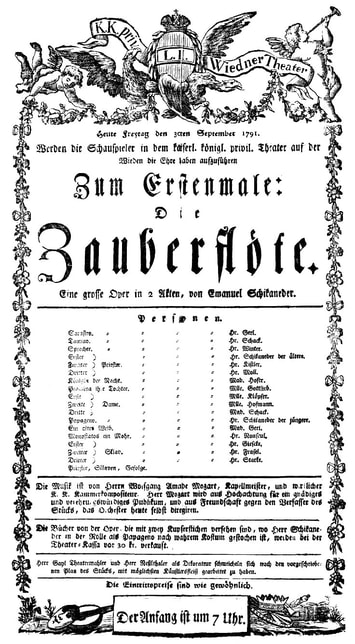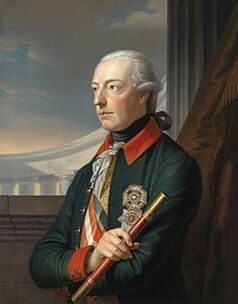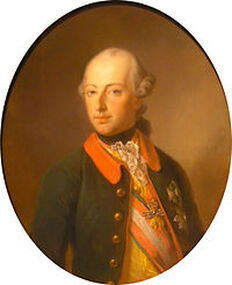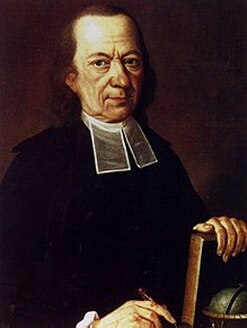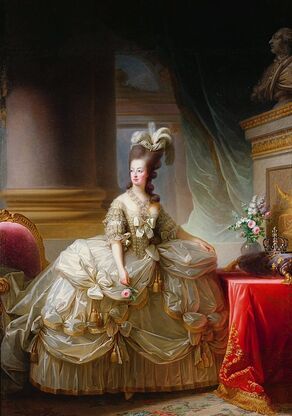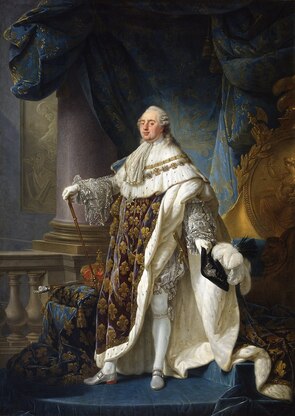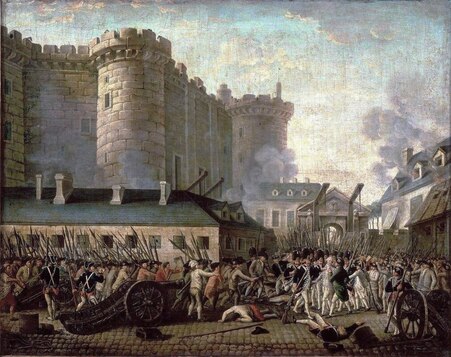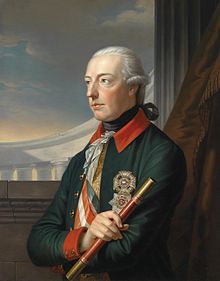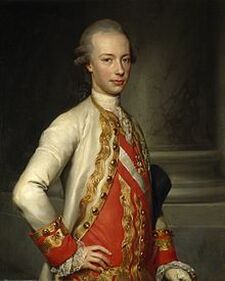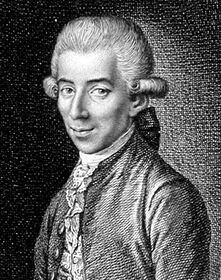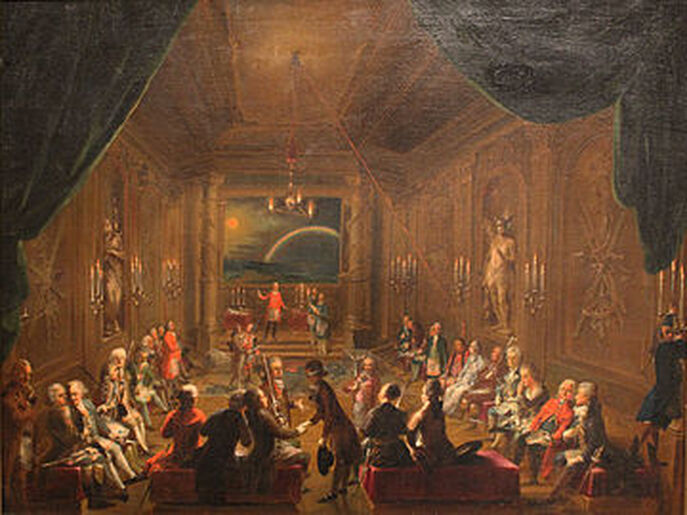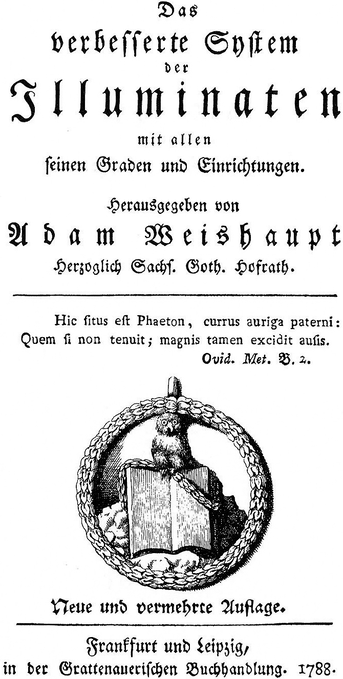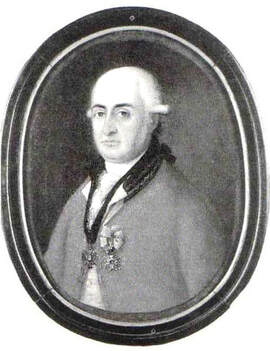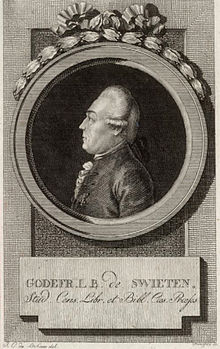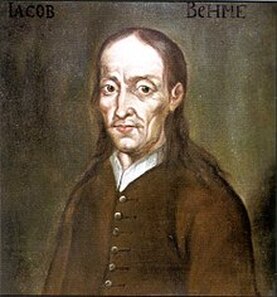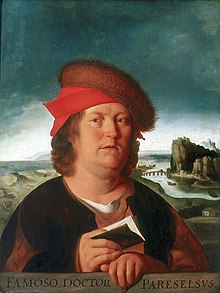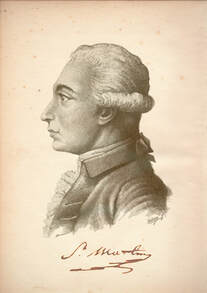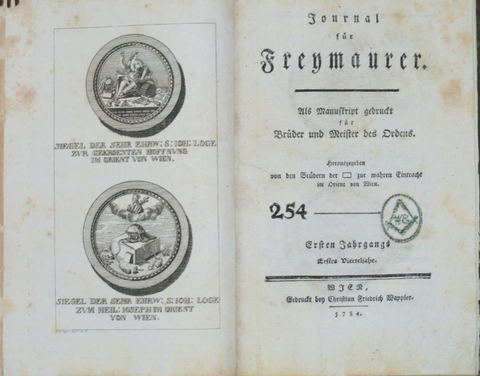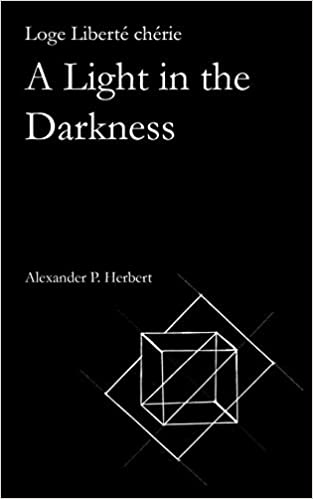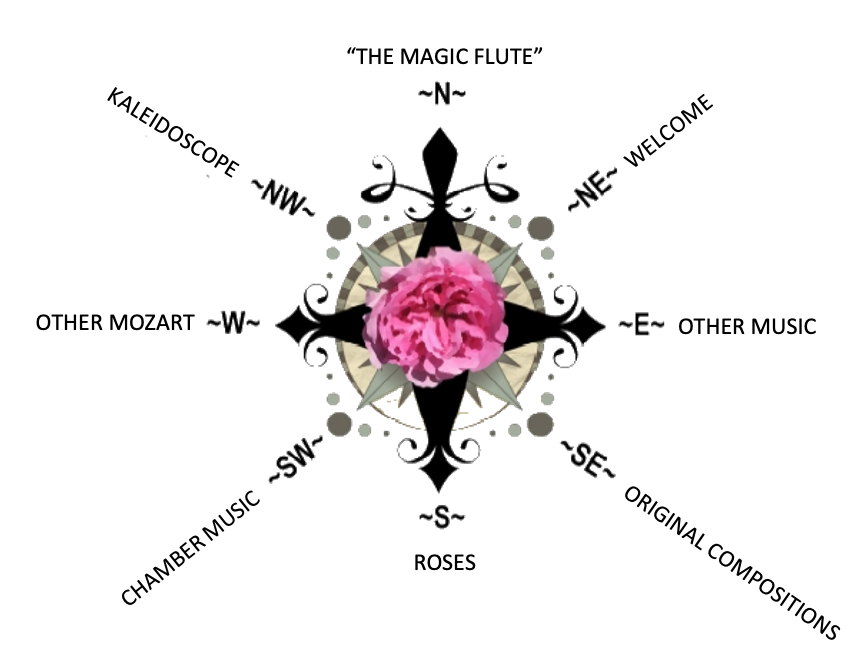- Home
- N - The Magic Flute
- NE - Welcome!
-
E - Other Music
- E - Music Genres >
- E - Composers >
-
E - Extended Discussions
>
- Allegri: Miserere
- Bach: Cantata 4
- Bach: Cantata 8
- Bach: Chaconne in D minor
- Bach: Concerto for Violin and Oboe
- Bach: Motet 6
- Bach: Passion According to St. John
- Bach: Prelude and Fugue in B-minor
- Bartok: String Quartets
- Brahms: A German Requiem
- David: The Desert
- Durufle: Requiem
- Faure: Cantique de Jean Racine
- Faure: Requiem
- Handel: Christmas Portion of Messiah
- Haydn: Farewell Symphony
- Liszt: Évocation à la Chapelle Sistine"
- Poulenc: Gloria
- Poulenc: Quatre Motets
- Villa-Lobos: Bachianas Brazilieras
- Weill
-
E - Grace Woods
>
- Grace Woods: 4-29-24
- Grace Woods: 2-19-24
- Grace Woods: 1-29-24
- Grace Woods: 1-8-24
- Grace Woods: 12-3-23
- Grace Woods: 11-20-23
- Grace Woods: 10-30-23
- Grace Woods: 10-9-23
- Grace Woods: 9-11-23
- Grace Woods: 8-28-23
- Grace Woods: 7-31-23
- Grace Woods: 6-5-23
- Grace Woods: 5-8-23
- Grace Woods: 4-17-23
- Grace Woods: 3-27-23
- Grace Woods: 1-16-23
- Grace Woods: 12-12-22
- Grace Woods: 11-21-2022
- Grace Woods: 10-31-2022
- Grace Woods: 10-2022
- Grace Woods: 8-29-22
- Grace Woods: 8-8-22
- Grace Woods: 9-6 & 9-9-21
- Grace Woods: 5-2022
- Grace Woods: 12-21
- Grace Woods: 6-2021
- Grace Woods: 5-2021
- E - Trinity Cathedral >
- SE - Original Compositions
- S - Roses
-
SW - Chamber Music
- 12/93 The Shostakovich Trio
- 10/93 London Baroque
- 3/93 Australian Chamber Orchestra
- 2/93 Arcadian Academy
- 1/93 Ilya Itin
- 10/92 The Cleveland Octet
- 4/92 Shura Cherkassky
- 3/92 The Castle Trio
- 2/92 Paris Winds
- 11/91 Trio Fontenay
- 2/91 Baird & DeSilva
- 4/90 The American Chamber Players
- 2/90 I Solisti Italiana
- 1/90 The Berlin Octet
- 3/89 Schotten-Collier Duo
- 1/89 The Colorado Quartet
- 10/88 Talich String Quartet
- 9/88 Oberlin Baroque Ensemble
- 5/88 The Images Trio
- 4/88 Gustav Leonhardt
- 2/88 Benedetto Lupo
- 9/87 The Mozartean Players
- 11/86 Philomel
- 4/86 The Berlin Piano Trio
- 2/86 Ivan Moravec
- 4/85 Zuzana Ruzickova
-
W - Other Mozart
- Mozart: 1777-1785
- Mozart: 235th Commemoration
- Mozart: Ave Verum Corpus
- Mozart: Church Sonatas
- Mozart: Clarinet Concerto
- Mozart: Don Giovanni
- Mozart: Exsultate, jubilate
- Mozart: Magnificat from Vesperae de Dominica
- Mozart: Mass in C, K.317 "Coronation"
- Mozart: Masonic Funeral Music,
- Mozart: Requiem
- Mozart: Requiem and Freemasonry
- Mozart: Sampling of Solo and Chamber Works from Youth to Full Maturity
- Mozart: Sinfonia Concertante in E-flat
- Mozart: String Quartet No. 19 in C major
- Mozart: Two Works of Mozart: Mass in C and Sinfonia Concertante
- NW - Kaleidoscope
- Contact
FREEMASONS AND ROSICRUCIANS
MOZART'S MAGIC FLUTE:
Freemasons and Rosicrucians
by Judith A. Eckelmeyer
Freemasons and Rosicrucians
by Judith A. Eckelmeyer
Note: The following material is amplified in the "Magic Flute" Overview essay.
1. The Magic Flute was written and first performed in Vienna during summer and early fall, 1791, about two months before its composer, Wolfgang Amadeus Mozart, died.
1. The Magic Flute was written and first performed in Vienna during summer and early fall, 1791, about two months before its composer, Wolfgang Amadeus Mozart, died.
2. Freemasonry in Austria was in its heyday from about 1780 till the end of 1785. The enlightened Emperor Joseph II, sole ruler Austria 1780-1790, had been tolerant of Masonry; the fraternity thrived during the first five years of his sole rule. The Grand Master of Austria and Master of the lodge Zur wahren Eintracht (True Harmony) was the eminent metallurgist, Ignaz von Born, whom some would later consider to be the model for Sarastro in The Magic Flute. A mark of the fraternity’s strength was its status as a National Lodge, independent of outside governance. Von Born was, besides a Mason, a member of the Illuminati—distinctly rejecting supersition, astrology, religion, and mysticism.
3. By 1783, Joseph II closed religious orders in Austria as part of his Enlightenment (anti-superstition) mode of rule. In early 1785 an incident of a false rumor attributed to Freemasons impelled him to seek an accounting of “good” vs. “false” Masons by means of police supervision. During the year infighting among leaders of masonry led to power struggles, which led to intrigues, and all this finally reached the ear of the Emperor. Joseph then ordered limitations on the number of Masonic lodges and restrictions on its activities as of the beginning of 1786. In the wake of the edict, only three lodges remained, and of these two were formed by combining previously–existing lodges. In July 1786, Ignaz von Born left his position as Master of the Lodge and retired from active participation in Masonry. His lodge officially closed the following year.
4. With the Masonic lodges much reduced in numbers and influence, and unable as a National Lodge to connect with active Masonic lodges in other countries, many masons turned to other organizations, primarily the Order of Asian Brethren. This group was seriously interested in esoteric matters, including alchemy and number symbolism (numerology and gematria). It is possible that through association with this order Mozart became acquainted with the work of Friederick Christoph Oetinger (about whom more later).
5. In 1789 in France, Joseph’s sister, Marie Antoinette, and her husband Louis XVI had been violently removed from power at the beginning of the Revolution.
6. Joseph II died 1790; his more conservative brother Leopold II became both Holy Roman Emperor and Emperor of Austria, ruling from Vienna. By 1791, because of Joseph’s death and further restrictions placed on the fraternity, Masons in Austria had become largely inactive. Also in 1791, Ignaz von Born died, further darkening the Masonic scene in Austria.
SOCIETIES AND FRATERNITIES IN 18th-CENTURY VIENNA:
1. Freemasonry: hugely active into the mid-1780s. We should remember that several strains of Freemasonry were active at the time, for example “English” system Blue Lodge Masonry and German “Strict Observance” Masonry. Membership lists included aristocrats, government officials and statesmen, artisans and craftsmen, clergy, literary figures, publishers, artists of all media, scientists, intellectual leaders, and many others.
1. Freemasonry: hugely active into the mid-1780s. We should remember that several strains of Freemasonry were active at the time, for example “English” system Blue Lodge Masonry and German “Strict Observance” Masonry. Membership lists included aristocrats, government officials and statesmen, artisans and craftsmen, clergy, literary figures, publishers, artists of all media, scientists, intellectual leaders, and many others.
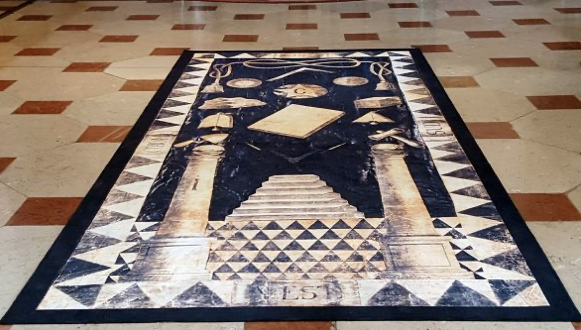
The ritual carpet tapis (around 1780) – in the early years of Freemasonry, symbols of the lodge were drawn on the floor in chalk and charcoal. Later, they started to use a waxed canvas rolled up in the middle of the lodge between three lamps – representations of beauty, strength and wisdom. The carpet is also covered with many Masonic symbols.
Until the restrictions of 1785-6 were applied, there were 8 lodges in Vienna. Zur wahren Eintracht (True Harmony), led by Ignaz von Born, established a kind of Enlightenment scientific academy at which members presented the results of their research into historical and scientific matters. Mozart, a member of Zur Wohltätigkeit (Beneficence) and, after the reorganization of lodges in 1785, of Zur neugekrönten Hoffnung (New-Crowned Hope), knew the members of True Harmony and visited that lodge on occasion. N. B.: Irmen thinks it “highly plausible” that women’s lodges existed in Vienna since 1780; these were “adoption lodges” modeled on French lodges.
2. Illuminati: the most politically and socially radical of the “secret” societies of the time, striving for Enlightenment ideals in social and governmental spheres. They rejected superstition, esotericism, alchemy, and so on. Von Born was a leading member.
3. Rosicrucians (The New Order of the Gold and Rosy Cross), who were largely interested in hermetic symbolism particularly expressed in alchemy. Members included major figures in Vienna who were also Masons, and with whom Mozart was closely associated: Johann Joseph Anton Count Thun, a member of True Harmony lodge; Otto von Gemmingen, master of Mozart’s lodge Beneficence; and Baron Gottfried van Swieten, among others.
N.B.: The original 17th-century Rosicrucian movement had as its goal the “universal and general reformation of the whole wide world”, blending theology in alchemical symbolism with the early stages of empirical science and a huge emphasis on learning.
4. Asian Brethren (Asiatic Brethren, the Order of Knights and Brethren of St. John the Evangelist from Asia in Europe): interest in theology and alchemical-magical mixture of Christian and Jewish mystical ideas, taking the alchemical symbolism and teachings of the Rosicrucians. Numerical mysticism was highly developed in their practices. Among the sources of their teachings are 16th-17th-century hermetic writers Jacob Böhme, Paracelsus, and 18th-century French theosophist Louis Claude de Saint-Martin, all of whom incorporated cabalistic and Christian mysticism into their thinking. Count Joseph Thun was a member before joining the New-Crowned Hope lodge in 1789. (Irmen)
5. Grotto: Mozart and his friend, the clarinetist Anton Stadler, were said by Constanza to be planning a new society. The plan never came to fruition, as Mozart died before it could be achieved and Stadler never persued it.
FREEMASONRY
Ignaz von Born: Master of his lodge Zur wahren Eintracht (True Harmony) and Grand Master of Austrian lodges in early-mid 1780s. Founder of Journal für Freymaurer and author of a number of articles for it. He was so strong a presence in Viennese freemasonry that some considered him the model for Sarastro.
Ignaz von Born: Master of his lodge Zur wahren Eintracht (True Harmony) and Grand Master of Austrian lodges in early-mid 1780s. Founder of Journal für Freymaurer and author of a number of articles for it. He was so strong a presence in Viennese freemasonry that some considered him the model for Sarastro.
Almost every one of the men associated with Mozart and the preparation and production of the opera were masons.
SUPPLEMENTARY RESOURCE:
SUPPLEMENTARY RESOURCE:
ROSICRUCIANISM
Many of Mozart’s acquaintances were Rosicrucians, especially:
Many of Mozart’s acquaintances were Rosicrucians, especially:
- Johann Joseph Anton Count Thun, member of Zur wahren Eintracht
- Otto von Gemmingen, master of Mozart’s lodge Zur Wohltätigkeit (Benificence), author of a libretto Mozart set to music around 1779 (now lost)
- Wenzel Count Sinzendorf
- Baron Gottfried van Swieten, important member of Joseph’s court, director of the court library, head of the Commission on Education Reform and Censorship, a patron of Mozart
- Prince Johann Baptist Karl Dietrichstein
SUPPLEMENTARY RESOURCE:
- Frances Yates: The Rosicrucian Enlightenment, Boulder: Shambhala Publications, Inc., 1972; Routledge; 2nd edition (October 12, 2001)
ALCHEMY
Alchemy is a significant contributor to the development of modern chemistry, and was a philosophical, theological, and practical endeavor prior to the 18th century. Seventeenth-century Rosicrucian writings and the 18th-century Rosicrucians were steeped in alchemical symbolism and language.
SUPPLEMENTARY RESOURCES:
ANCIENT EGYPT AND (PSEUDO-) EGYPTIAN WORKS
Ignaz von Born’s research on Egyptian mystery religion resulted in his article for Journal für Freymaurer in 1784.
SUPPLEMENTARY RESOURCES:
DEVELOPMENTS IN NATURAL SCIENCE
Ignaz von Born, mining engineer and mineralogist, fostered experimental science in Austria, promoted scientific conferences and publications to disseminate scientific knowledge across Europe; invented a new, more economical method of amalgamating gold, for which he was awarded a medal by Joseph II and was honored by Mozart’s composition of “Die Maurerfreude” (“Mason’s Joy”), K. 471. A VERY major dude!
Carl Ludwig Giesecke (Georg Metzler), student of von Born in Hungary, then a member of the theater community in Vienna before going to Denmark, Greenland and finally Dublin to build his career as a highly respected mineralogist and professor of mineralogy.
SUPPLEMENTARY RESOURCES:
II. FREEMASONRY IN GREATER DETAIL:
ORGANIZATION:
MYTH AND TRADITIONS:
CONNECTIONS TO MAGIC FLUTE:
III. The ROSICRUCIANS IN GREATER DETAIL:
ORIGINS:
18TH-CENTURY ROSICRUCIAN MANIFESTATION:
ROSICRUCIAN CONNECTIONS TO MAGIC FLUTE:
SUPPLEMENTARY RESOURCES:
- Dorothy Koenigsberger: “A New Metaphor for The Magic Flute”, European Studies Review 5 (1975).
- Erich Neumann: “The Magic Flute”, trans. Esther Doughty, Quadrant 2 (1978).
- M. F. M. van den Berk: The Magic Flute: An Alchemical Allegory, Leiden: Brill, (2004).
ANCIENT EGYPT AND (PSEUDO-) EGYPTIAN WORKS
Ignaz von Born’s research on Egyptian mystery religion resulted in his article for Journal für Freymaurer in 1784.
SUPPLEMENTARY RESOURCES:
- Jan Assmann: Die Zauberflöte: Oper und Mysterium, Munich: Hanser (2005).
- Ignaz von Born: “Ueber die Mysterien der Aegyptier”, Journal für Freymaurer I (1784).
- Abbé Jean Terrasson: The Life of Sethos. Taken from Private Memoirs of the Ancient Egyptians. Originally in French (1731) Eng. trans. by Thomas Lediard, 1732.
DEVELOPMENTS IN NATURAL SCIENCE
Ignaz von Born, mining engineer and mineralogist, fostered experimental science in Austria, promoted scientific conferences and publications to disseminate scientific knowledge across Europe; invented a new, more economical method of amalgamating gold, for which he was awarded a medal by Joseph II and was honored by Mozart’s composition of “Die Maurerfreude” (“Mason’s Joy”), K. 471. A VERY major dude!
Carl Ludwig Giesecke (Georg Metzler), student of von Born in Hungary, then a member of the theater community in Vienna before going to Denmark, Greenland and finally Dublin to build his career as a highly respected mineralogist and professor of mineralogy.
SUPPLEMENTARY RESOURCES:
- Alfred Whittaker: “Mineralogy and Magic Flute”, Mitteilung der Österreichicher Mineralogische Gesellschaft 143 (1998).
II. FREEMASONRY IN GREATER DETAIL:
ORGANIZATION:
- First three degrees = Entered Apprentice, Fellowcraft, Master Mason = St. John, Symbolic or Blue Lodge Masonry. Its Grand Lodge was established formally in London, 1717, and the organization quickly spreading throughout Europe.
- Other degrees developing from early 18th-century Rites of Perfection:
- York Rite: 10 grades, one of which has 3 sub-steps; highest = Order of Knights Templar; 5th grade is Order of Red Cross
- Scottish Rite: 4th through 32nd degrees; honorary 33rd degree; 18th degree is Knight of the Rose Croix
- Several other organizations, all requiring Master Mason status for entry
MYTH AND TRADITIONS:
- Traces its heritage to the building of Solomon’s temple
- Third degree an enactment of the legend of the death of Hiram Abiff, Master Builder of the Temple, to preserve the secrecy of the masterword (password) from traitorous workers
- Stated intention of the organization is to make good men better; it is called “a peculiar system of morality, veiled in allegory and illustrated by symbols”
CONNECTIONS TO MAGIC FLUTE:
- Number 3
- Tow line
- Enactment of moral lessons for initiation
- Joining of right hands
- Geometric figures, triangle and pyramid, esp.Trials
- Concern with overcoming fear of death
- Details of stage settings
- Frontispiece illustrating underground ruins, with metallurgical symbols, etc.
- Architectural focus
III. The ROSICRUCIANS IN GREATER DETAIL:
ORIGINS:
- Early 17th century movement (without formal organization) in north-west German Protestant states–called a “moveable and invisible college”
- Name comes from fictitious allegorical figure, Christian Rosenkreuz (1378-1484).
- Ros = alchemical dew (solvent of gold) or rose; Kreuz = reference to light.
- Intention was to bring about the “reformation of the whole world” and an era of truth and right.
- Used symbolic language of ALCHEMY (see below)
- PRIMARY DOCUMENTS:
- Fama Fraternitatis, 1614, story of C.R.
- Confessio Fraternitatis, 1615, creed of the brotherhood.
- Chymische Hoczeit Christiani Rosenkreuz, 1616, Chemical (Alchemical) Wedding of C.R.
- These are likely to have been written by Johann Valentin Andreae, a Lutheran pastor and theologian, who also wrote Christianopolis (City of Christ), 1624.
- Extensive material from all of them can be traced in Magic Flute.
18TH-CENTURY ROSICRUCIAN MANIFESTATION:
- (The New) Order of the Gold- and Rosy Cross, established by 1757 (possibly as early as 1749), basing its existence on 17th-century tracts (see above).
- Heavily into alchemical symbolism and number symbolism.
- As noted above, many of Mozart’s circle were active Rosicrucians; there was also a strong connection with Bohemia (and its capital, Prague), and the history of the Protestant Bohemian Brethren (Unitas Fratrum) and Bohemian nationalism as well as the rise of Lutheran Pietism in the late 17th century in Germany.
- The New Order of the Gold- and Rosy Cross was dismantled by the middle of the 1780s, but Rosicrucians continued their activities independently until the early 1790s, when Frances II banned all “secret” societies.
ROSICRUCIAN CONNECTIONS TO MAGIC FLUTE:
- Number symbolism, especially 18 (See Scottish Rite above)
- Pamina’s family history and her harassment by Monostotos
- Papagena’s appearance as an Old Woman
- Many stage directions/scene descriptions, including:
- helmets for 2 Armored Men
- roses on the flying cart
- Pamina’s reference to roses before trials of fire and water
Judith Eckelmeyer ©2015
AFTERNOTE
For a modern perspective on Masonry check out "Loge Liberté chéie: Light in the Darkness" by Alexander P. Herbert
Choose Your Direction
The Magic Flute, II,28.
